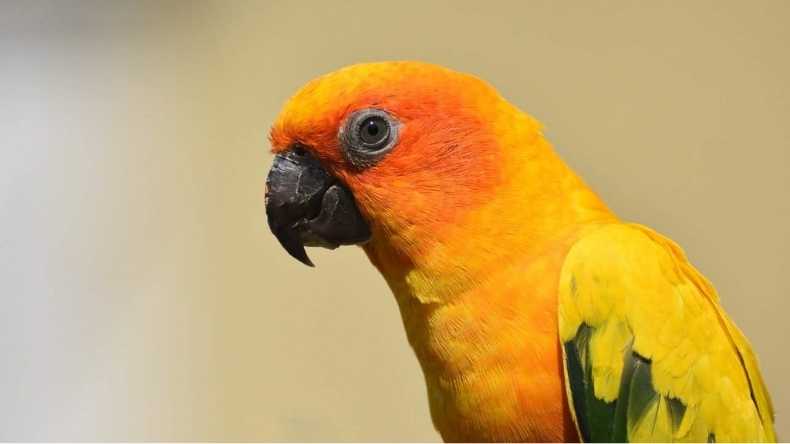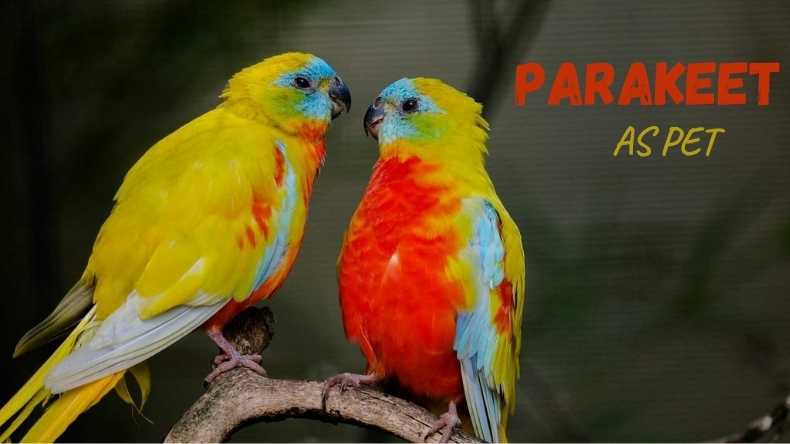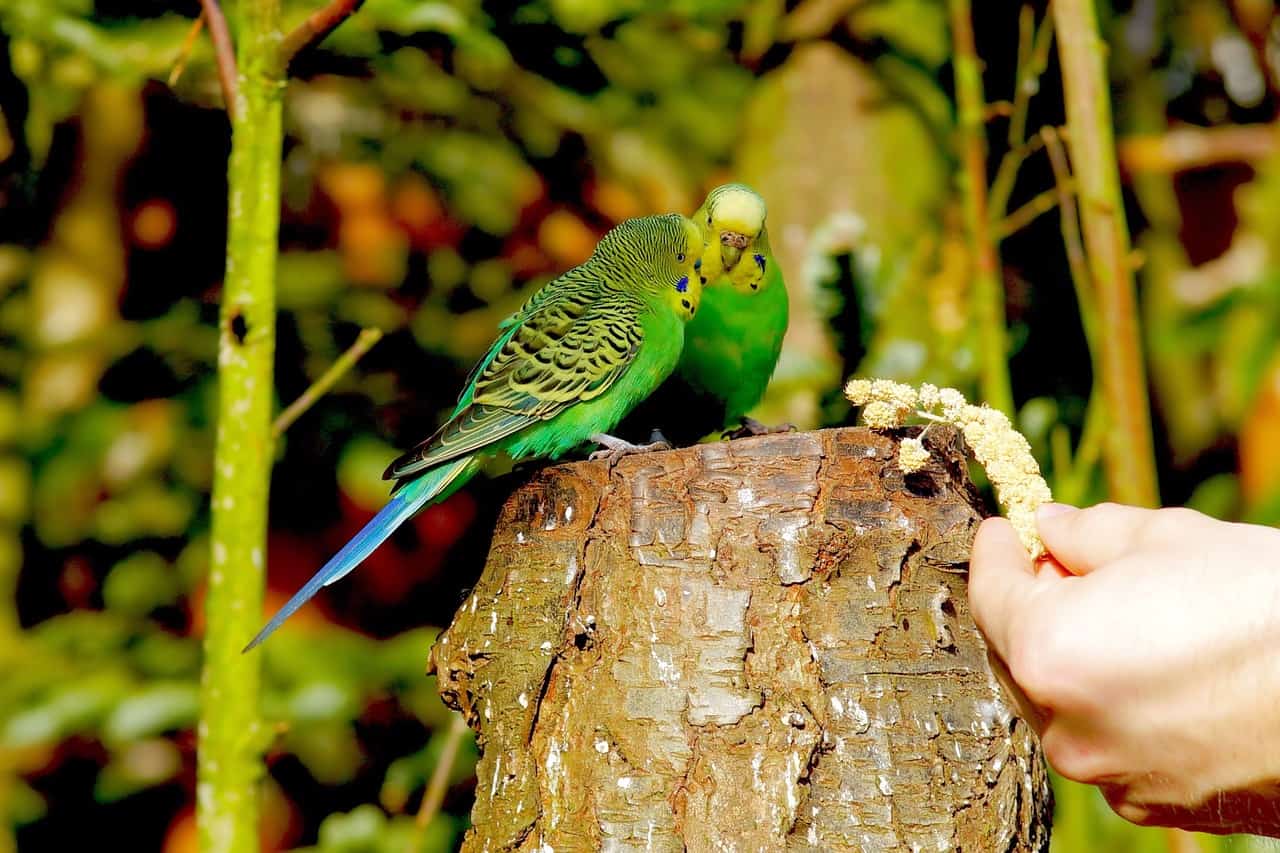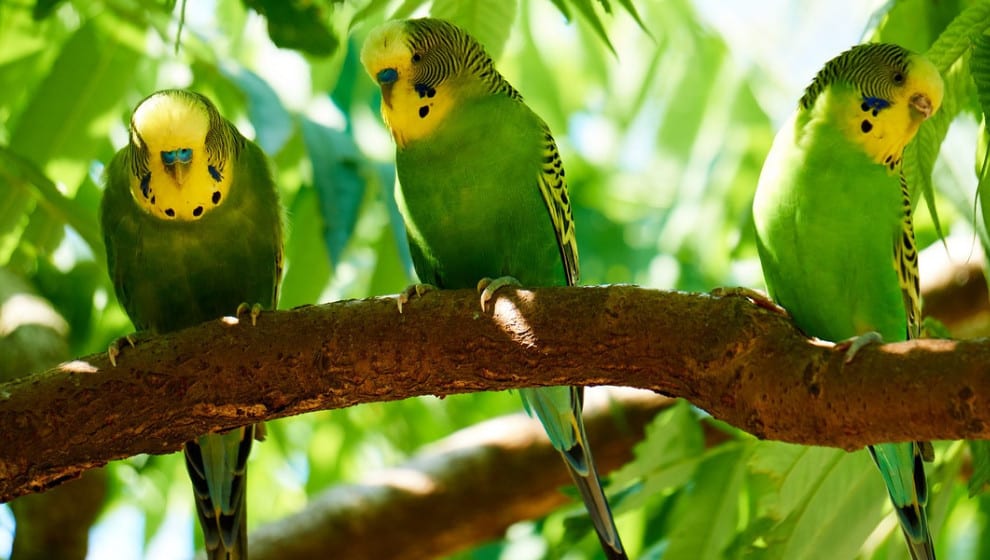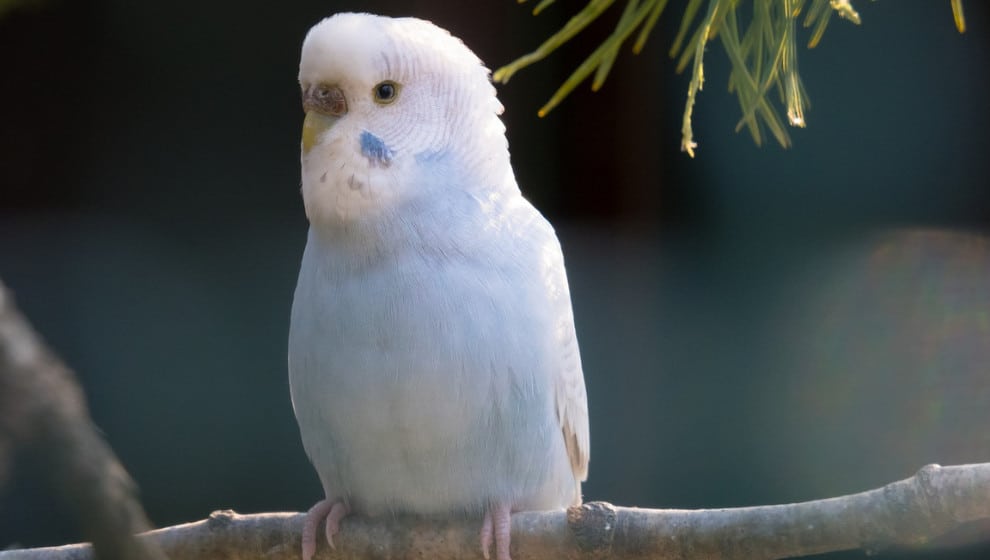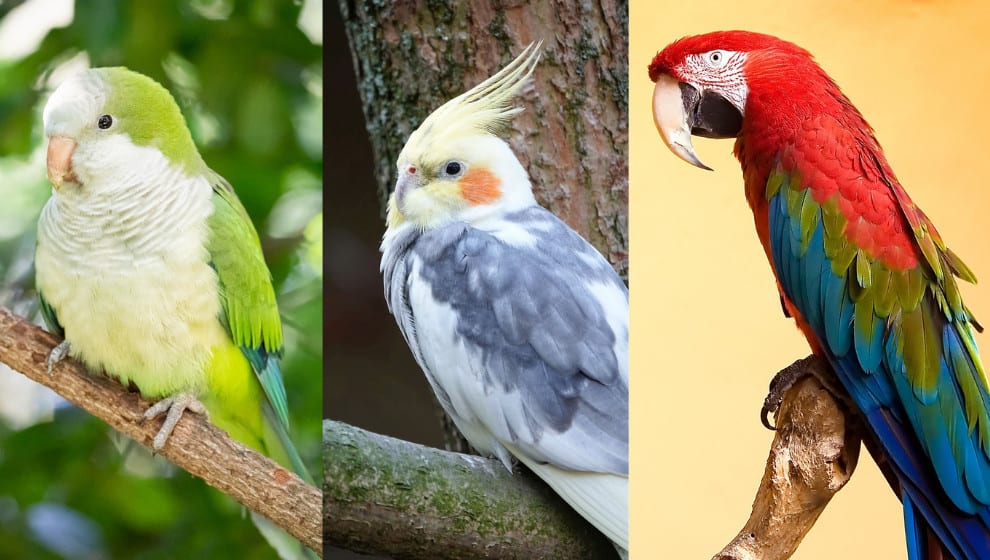Table of Contents
How To Train A Pigeon To Race
Nowadays, bustling pigeon racing is an extraordinary form of entertainment and an excellent way to make money. You need to prepare your pigeons before you can participate in the race. You also need to prepare the pigeons to ensure that the pigeons return home safely every day.
First putting pigeons in racing trailer cages early in the morning, then start with taking them away around 50 miles away and then they came back home and again after some time taking them 100 miles away.
When releasing the pigeon, you might be nervous about whether they came home back or not, but you have to be strong in their training session. Try training them to race in a group because pigeons are strong in adapting the things other do, so when they see other birds racing them exactly do the same. That will help you the most.
How To Train A Pigeon To Fly Or Come To You
The pigeons call each other out of courtship, uncover their area, or offer food sources. People can likewise call pigeons chasing or taking care of pigeons. When the pigeons make a sharp sound to communicate with each other, a call occurs.
Pigeons and crows are among the most intelligent birds. As a general rule, they “do not like being picked up or carried.” Make sure your pigeons have both homing and facial recognition skills.
1) Give your pigeons shelled, salted, and shelled peanuts as a reward.
2) Let other individuals than the banner destroy or warn your bird with a flag or brisk arm-waving every day, and be consistent where possible.
3) Some pigeons are not so manageable when outside the space free-flying some will come when required a treat and “Fail to remember IT” when they are delivered and headed for home.
How To Train A Pigeon To Fly To Come Back Home
The pigeons who are ready to return home will return home after delivery. Under no circumstances should you do this before the two-month-old pigeon reaches the age of 6.
You can start preparing the pigeons to go home by moving the pigeons about 1 mile away from home and transporting them.
You need to do this several times a week (it is best to do this every day). You can use trash cans or pens to transport poultry to the delivery area.
You need to build the delivery distance continuously. It is ideal for stretching out space to not exactly or more prominent than 5 miles each week (it is acceptable if you hold the distance to 5 miles or less).
It would likewise be thankful for removing the birds and delivering them an alternate way each time. Be that as it may, recall, don’t broaden the distance excessively quick or excessively far.
On the off chance that your bird is in any difficulty, you need to quit expanding the distance and keep preparing them at the last stretch of accomplishment. Indeed, it will require some serious energy and devotion to prepare the homing pigeons. So show restraint!
How To Train A Pigeon To Fly To Send Letters
The returning pigeons have a long history of moving data and supplies between the two areas. Before the advanced upset, these pigeons were a typical data transmission device.
Set Essential Position
The homing pigeons send data between the two areas. You should initially set the virtual position-the home space as the middle point.
This space is where the pigeons invest the vast majority of their energy and fill in as a spot for eating and drinking.
The principal space should have a secret entrance that permits the pigeons to enter yet restricts the capacity to leave freely.
Span Practice
Adapt the pigeons to the climate by rehearsing at various distances. Remove the pigeons from the space and utilize a pen to take them pretty far.
Delivery the pigeons and they will get back. Practice a few times each week.
Increment the reach to 5 miles and rehash the cycle. Make a 10-mile trip one week from now and keep on expanding the flight distance until you arrive at a scope of more than 50 miles.
Food And Water Motivators
Use food and water impetuses to prepare the homing pigeon in a couple of areas. You can make a course between two set regions.
For a two-way flight way, kindly eliminate the food from the base. Physically carry the pigeons to the subsequent position and give feed.
The pigeon will eat and ultimately get back to headquarters. Rehash this interaction until the pigeons autonomously move between the two positions.
Now Attach The Message Or Letter
The message is conveyed in a bit of rucksack. The rucksack utilizes texture shoulder lashes and texture or plastic fixing spaces. The texture is lightweight and straightforward to plan, yet numerous materials are effortlessly harmed by water and components. The little cylinder gives a protected fenced-in area to bills and consumables.
How To Train A Pigeon To Sit On Hand
Preparing pigeons to sit on hand is a significant advancement. The first step is to train it manually or make it stop quickly on your pointer.
Hold mealworms to enter the nursery and maintain a complete view of the bird while still in a more sheltered area, possibly near a fence or under a tree that is climbing plants.
Every time the dog figured out how to move both front paws, he only needs to raise his hands and treat him to support him. Then put the birds in, ready to let them fly up and sit on hand.
They have not been eaten before you allow them to fly. Moreover, DNA testing strategies alone can provide 100% accurate results. You should maintain never-ending continuity and absolute predictability with the dog to ensure that you sit down and remain genuinely stable.
After selecting the pigeon space, the interior should be finished so that the pigeons can feel good. That is just a matter of keeping them from being frightened by you. Depriving birds of their freedom may make it easier to tame them, and it may be safer for reasons that birds will not tend to fly towards roof fans, dividers, or access passages.
How To Train A Pigeon To Sit On Your Shoulder
During this preparation process, you need to make sure that the pigeons you cooperate with are excellent and happy to sit on your hands. If your pigeons have not been able to peck you or cause harm to you in the last month, they should be a strong competitor for shoulder preparation (in any case, your ears may think twice).
Step: 01
Call the pigeon into your hand and place it beautifully on your shoulder.
In any case, during the entire seven days, your real job should ensure that you are protected from sudden attacks by pigeons.
Keep your eyes alert to prevent them from being pecked by any curiosity. The only reason for this progress is to show the pigeons that your shoulders are suitable for standing. Try not to force them to stay on your shoulders.
Doing so will destroy the trust you have established and may make the pigeon stronger.
Step: 02
Now back to our mysterious technique that is clicks and hospitality. Spot the pigeon on your shoulder and snap it immediately.
Reorganize clicks and processing regularly. In this way, the pigeon will associate the time elapsed on its shoulder with the food’s good feeling. If your pigeon is exhausted and decides to fly, stop clicking. During this time, it is best not to limit the click to the shoulder.
From now on, the pigeons will understand it faster and better.
Step: 03
Keep the pigeon happy continue to pet your number one pigeon on your shoulder.
Step: 04
Prompt, you can be creative with the cue’s help to mark the pigeon sitting on the shoulder. Whistling and tapping on the shoulder is an excellent way to attract companions.
Step: 05
Use pigeon pants Yes, Pigeons wear pants. These are adorable outfits where you can wear clothing linings to gather pigeon dung.
That won’t obstruct its turn of events or improvement in any capacity. Pigeon pants can keep the pigeon on your shoulders or meander around the house.
You need to supplant the internal liner each 2-3 hours. After the pigeon interfaces the snap catch to the shoulder sitting position, kindly cut it positively. If there is no reaction, respond and win the prize; further readiness is required if there is no reaction.
You can utilize various signs, like calling pigeons by name, whistling specifically, projecting shoulders, and so forth, continue to advance, and utilize the ability of pigeons to pull in others. The key is to show restraint since you must be arranged entirely, and you need to buckle down.
How To Train A Pigeon To Do Tricks
All bird lovers need the world to know how clever and brilliant their feathered bird companions are. An incredible way to show off your bird’s abilities is to train your birds some cool tricks to make anyone who sees make them all dazzled.
Any kind of physical preparation requires continuous-time and energy. Practice should end with kindness rather than cold blood.
Compensating them with snacks is the ideal way to attract people’s attention and portray to their brains what you need them to do. Pigeon is a fast student, can recognize voice commands or the use of clicker gadgets.
Pigeons are also perceptual: they always remain conscious and make full use of their visual abilities.
Tricks That Pigeon Can Learn
Trick: 01
The “upgrade” sequence is the most crucial sequence you can show to your pet, and it is the sequence that all pet birds should know. Many bird stunts are based on the information of the parrot’s “progressive” sequence, so any preparations must be started by first showing this stunt to your bird.
Trick: 02
When your bird dominates the “upgrade” sequence, you can continue to show that person a cute and funny stunt-how to wave hello!
Guiding your bird to wave hello is one of the most straightforward and most direct stunts you can show your pet. It is a cute behavior to dominate any bird.
Just remember, make sure your bird realizes how to take risks is essential for this stunt, and make sure there is a lot of delicious food nearby so that the price you paid for preparing the action for your feathered companion is compensated!
Trick: 03
One of the most famous and respected stunts performed by parrots is their ability to figure out how to express human language
There are many strategies and methods to let people know how to speak, but as we all know, tolerance and repetition seem to be the most effective way to persuade parrots to speak.
One thing to remember is that not all parrot species can imitate words, and in those parrots, sometimes only strange birds can replicate it.
Besides maybe choosing your clothes or style of decoration? Maybe train your pigeons to come or order? If criminals twist your brain, you can prepare to make your pigeon a pickpocket.
For example, different birds, Jaybirds, are prevalent when they catch things and are not provocative. Of course, can the pigeon prepare to pick up a pocket or two?
How To Train A Pigeon To Roll
The rearing of these birds (otherwise known as Birmingham rollers) is genetically flawed and can cause brief seizures during flight-making the birds move in the air.
The risers fight to keep the birds’ seizures in sync, thereby estimating the subsequent aerial aerobatics’ timing and nature. In most cases, birds will regain their strength before hitting the ground.
Shake the feed tank and put some feed in the space. Find the bird on the arrival board and manage care through the opening. Perform about 3 to 3 times twice a day.
Birds should enter space in the second or third meeting. Since these birds are more seasoned, there is no doubt that you should raise them three times a month. In three weeks, you can increase the bird’s arrival load (actually by recording with a tape recorder) and then let them stay there.
A few birds are likely to run back into space; it doesn’t matter. Others are likely to hang out briefly, which is acceptable. After a short time, call the birds in and feed them. Make sure the birds crave when doing this.
Single-word alert. The moment the taped birds fly out, make sure you are there to watch them. Since they do not roll well, they are obvious targets for falcons and others.
Summing Up
When buying homing pigeons, store them in a closed structure for about a month before they are released. That will help consolidate the homes of the new space.
Then, always open the space entrance to let the birds fly. They are likely to fly overhead as if heading towards their destination, stay within a quarter of a mile, and return to space regularly.
After another month, the new owner can start transporting pigeons farther and farther away from home. Let them see their space first. At this point, a very distant place, five miles behind, and so on, until the ideal distance is reached.
It should be possible to use similar technologies everywhere, from the chicken coop. This preparation by the reformists allowed the pigeons to come home and develop their perseverance.


